A review of Child Abuse in the Classroom. Edited by Phyllis Schlafly.
Pere Marquette Press, 1993.
Several years ago when my then 5-year-old was attending first grade at a local state school, he came home with a document called a “Social Justice Policy”. I was supposed to read it and pass on any comments. Most parents probably would not have read it. I did, and I was upset by what I read. The document was basically a feminist tract which proposed a number of measures to make every aspect of the school more “gender inclusive”.
I sent off a three page letter asking such questions as: “Do you intend to force boys to play with dolls and girls to play with tanks to achieve your goals? “Will you rid your library shelves of the Bible, Charlottes Web and Thomas the Tank Engine and other “sexist” books to make them gender inclusive?
I knew that attempts to enforce political correctness and to engage in social engineering were rife in colleges, but I was not prepared for seeing my 5-year-old being used as a tool in this madness.
This was to be my first exposure to an educational system that has long ago abandoned simply teaching knowledge and skills, but instead acts as a change agent to redirect our children’s values and beliefs. As Phyllis Schlafly describes it, our schools have replaced “cognitive education (which addresses the child’s intellect, and teaches knowledge and skills) with affective education (which addresses the child’s feelings and attitudes, and spends classroom time on psychological games and probing personal questionnaires).”
Phyllis Schlafly continues: “In practice, this ‘therapy’ education is a system of changing the child’s values by techniques such as attitude questionnaires which dig into the privacy of the child and his family, psychological games in the classroom, and forcing the child to make adult decisions about such matters as suicide and murder, marriage and divorce, abortion and adoption.”
Child Abuse in the Classroom is about the psychological, emotional, moral and intellectual abuse children experience while enduring such programs as “values clarification”, “behaviour modification” and “Outcome-Based Education”. This book contains over one hundred testimonies by concerned, outraged and angry parents about what their children have been getting in school. These are selected transcripts of 1,300 pages of testimony given at U.S. Department of Education hearings. They make clear that children may not be getting much of the Three R’s in school, but they are getting plenty of “therapy education” which is often anti-family, anti-morality and anti-religion.
The stories make for gruesome reading. For example, one mother told of a questionnaire her twelve year old daughter had to fill out for her health class. She was required to answer many personal questions on her views of life and death. She was asked: “What reasons would motivate you to commit suicide?” Also, “she was given a list of ten ways of dying, including violent death, and asked to list them in order of ‘most to least preferred’.”
One parent told of how his junior high school student had to sit in a group of five or six, to think up as many synonyms as they could for words such as penis, vagina, intercourse and breast. Then they were to rearrange in couples and engage in a conversation for three minutes using as many of the words as possible.
Another parent spoke of a class his 7th grader attended in which he had to get in a group and assess the following scenarios: “Swimming in the nude at a private beach with a friend; not telling your parents the truth as to where you are going and what you are doing; having sexual intercourse with your boy or girlfriend; cheating on an exam”.
A number of distraught parents described the “Magic Circle” in which first graders sit in a circle, and volunteer information about their home life or anything that bothered them. Children were told it was OK to lie and rebel against parents, and that religion was so much nonsense. And the students were told not to tell their parents about the circle.
One mother told of how her elementary school children had to take part in “education socio-dramas”. In one drama dealing with “quality of life” issues, eleven students are told to act out being “in a bomb shelter with provisions sufficient to last eleven people for two weeks or six persons for a month. The group is to decide which five are to be killed. Students are instructed to accept the situation as fact.”
Another parent complained of the literature available in his son’s school: “Many of the teaching materials are close to being pornographic, if not actually pornographic. I don’t know if you are familiar with the book, Show Me, which is in many school libraries. This book cannot be sold in a porno shop in Colorado because it would violate the child pornography laws, but it can be put in our public schools and libraries.”
One class for elementary school children has a session on lying, and asks the children what they think about lying. They are told to finish the following sentence: “I would lie if….”.
A mother spoke of a junior high girl who was subjected to an ordeal “in which she was required to defend her religion and values under extreme ridicule from the group leader and from her peers.”
Sex education courses were filled with pornographic and immoral material. Many of the textbooks for young children featured explicit information on masturbation, homosexuality, oral and anal sex. More than one parent was told by school principals that if they didn’t like what was being used in the classroom, they should leave the school system.
This book is filled with these kinds of horror stories. It should be clear that we need to be aware of what our children are getting dished up in the schools. Indeed, we need to become much more involved in our children’s education. Many parents would have no idea what their children are being taught, not just in sex education classes or other controversial areas, but in the core curriculum as well. But they should be aware.
Here in Australia for example, the Victorian Association for the Teachers of English at a recent conference discussed ways of “developing positive awareness of homosexual issues in the classroom”. And the Australian Education Union argues for the “rights of all teachers to influence curricula in ways that will enhance understanding and acceptance of lesbians, bisexuals and gay men”.
Such examples could be multiplied at length. It’s scary stuff. But this book does more than warn us. It also features a helpful section on how parents can evaluate their school programs. These guidelines will help parents who want to assess the information and education their children are getting. And such an assessment is absolutely crucial, given that much that passes for education today is really indoctrination.
Indeed, the classroom has become a battleground for the hearts and minds of our young people. Yet most parents are asleep at the wheel. We are losing our children , and it is largely our own fault. All concerned parents should get involved in what our children are getting at school. And one way of taking a stand is to get this book and become informed.
[1204 words]
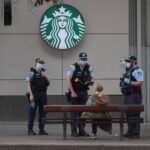
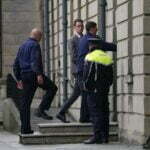


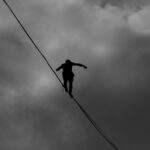

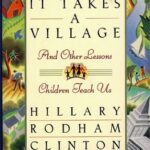
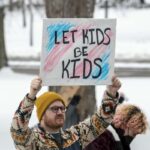
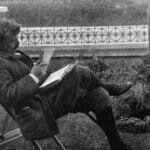

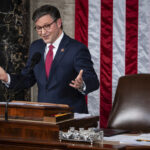
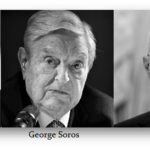
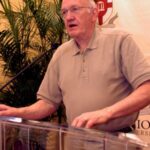
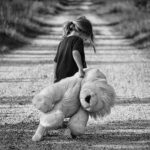
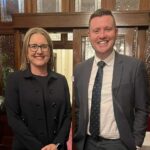
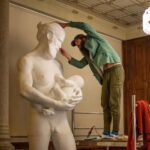


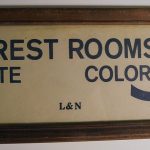
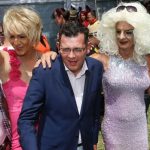
I am a new fan of your blog. Amazing stuff. I “googled” this book to get a bit of publishing info, but found this outstanding review. I first read this book back in late 1985 as a newly certified teacher and a newlywed. This book was the single most important factor in my decision to homeschool my own children. I’m referring to this book in a blog post I’m working on and will definitely be linking to this review! Thanks so much!
Linda Gantz Difino
Many thanks Linda
Welcome on board.
Keep up the good work on your end.
Bill Muehlenberg, CultureWatch
I too am shocked at some of the things that are being taught in the public education system. I decided to home school my sons after just a few short years. Once I paid a visit to the school library, just to see if they had a Bible there. Nope. Heaps of books about all sorts of other religions though, complete with some real whacky illustrations. So, I offered to donate a Bible and lo and behold, was permitted! However, when I brought it in to the library, the headmaster was called in to speak to me. It seems it was actually the wrong thing to have a Bible in the library and it looked like he was going to send me away with my Bible in hand, but his manner completely changed as he began to leaf through it……as I prayed it would. He told me he quite liked the illustrations, so yay, it went on the shelf. Years later, I visited that library again to see if it was still there. There I found it, now all dog eared and grubby.
Hopefully, in the minds and hearts of these children, this book stood out from the rest.
Jesus is the only way to God.
Annette Nestor, Perth
As a grandparent I am more than shocked and dismayed as to what is going on in American public schools. I am about to launch an investigation as to what is going on in Germany. Is it any wonder that birthrates are declining in the West whereas those of strong minorities and lesser educated everywhere are increasing? Let an update follow this book.
Thank you ever so much, Paul Blackman
I was one of the parents to testify at these hearings back in the 80’s…
I can only imagine what it is like now…
Take your children out of the Public Schools…